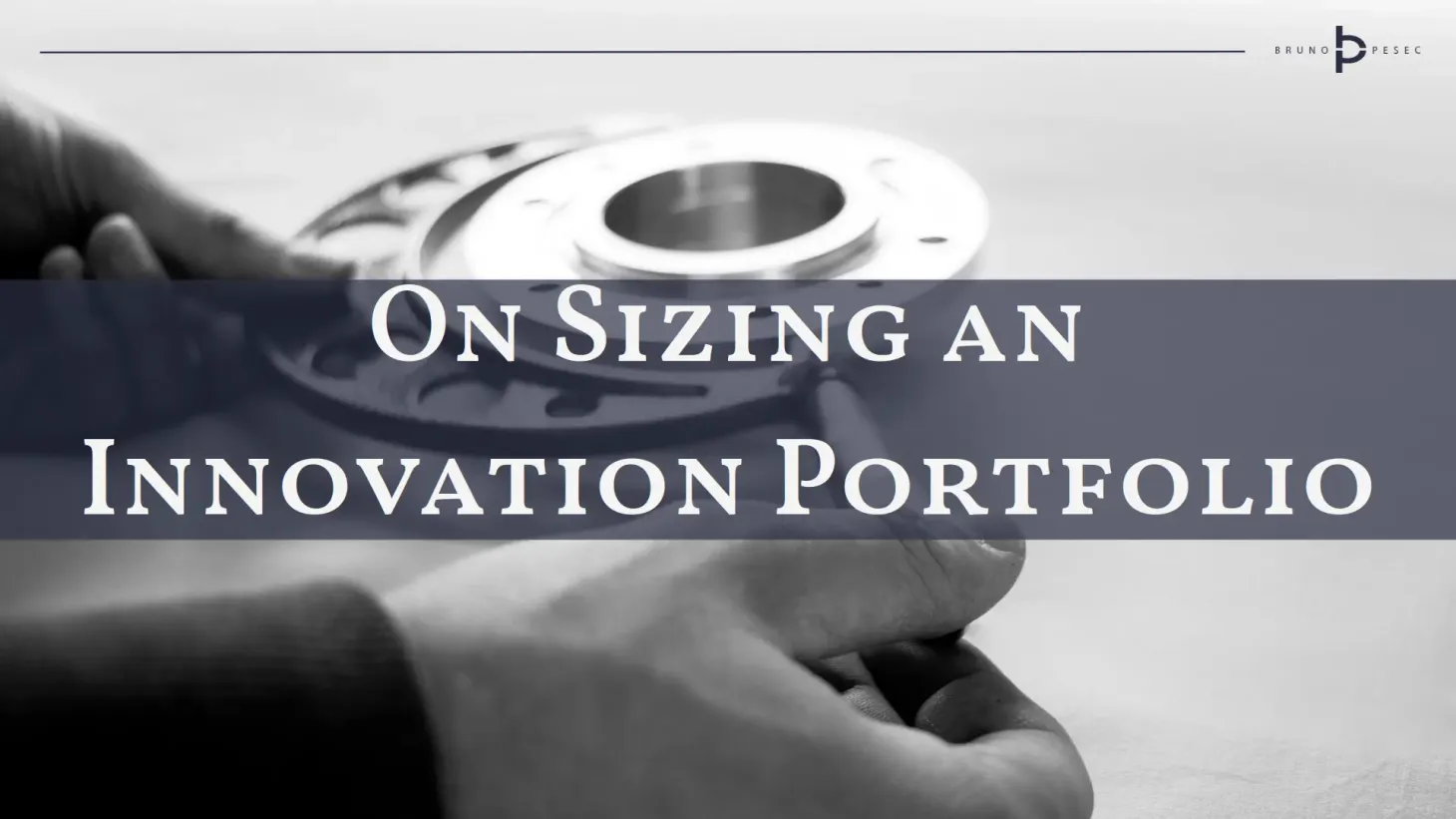Embrace, extend, enhance
A humble change strategy...

Out with the old, in with the new! might work well when renovating your abode, but won’t fare too well as a battle-cry for your organisational change.
Companies in principle want to be more innovative and successful, but in practice they find it difficult to discern enabling and blocking innovation practices.
Our organisational lives are rarely black-and-white. And let’s face it, change and transformation are difficult undertakings.
Leading with “old” and “new” introduces conflict through division, i.e. “us” versus “them,” forcing people to choose sides. When it comes to corporate innovation, there should be only one side.
Consider the embrace, extend, enhance model:
- Embrace. Identify processes, capabilities, etc., that are fit for purpose just as they are right now. Further, seek opportunities to repurpose existing resources to meet your needs. Yes, you might have a better way of doing something, but at the outset you are looking for good enough.
- Extend. Consider how to extend a vital subset of the above with minor tweaks. Addition, subtraction, reorganisation... Whatever improvement works that doesn’t trigger the organisation’s immune system.
- Enhance. This will come naturally if you’ve succeeded with the previous two, especially if people achieve any semblance of positive results. As they do so, they will start experiencing that some of the “old” ways of work aren’t as efficient as they might’ve thought. With the ground work in place, introducing “new” methods will be a much easier matter.
Let’s go through an example.
Innovation teams usually struggle to get quality time in front of top management. Let’s say there is a quarterly meeting where teams get to present their projects and progress to management. Classic corporate pageant.
“Embrace” step would be accepting that as a starting point. There you’d have teams present as a part of regular agenda, albeit with different framing if necessary. You’d want to demonstrate that these aren’t regular projects, and that they require different attention from management, hence this might not be the best suited arena.
“Extend” step would be following up on the above, and working with managers to adjust the quarterly agenda. What should they expect from innovation teams, compared to others? What can they provide? What kind of questions should they ask? Why is it worth their time?
“Enhance” step would come after the managers realise there could be a better set up for handling innovation teams than their quarterly meeting. Maybe they establish an innovation board, maybe they introduce a different meeting arena, maybe something else. The options are limitless—but all should be better than the “extended” original.
“Us” versus “them” can lead to a jolly good time in sports. Rarely so in business. Embrace the current state, extended it as much as possible, and then enhance it to create the future.
Bruno Unfiltered
Subscribe to get the latest posts delivered right to your inbox. No spam. Only Bruno.




